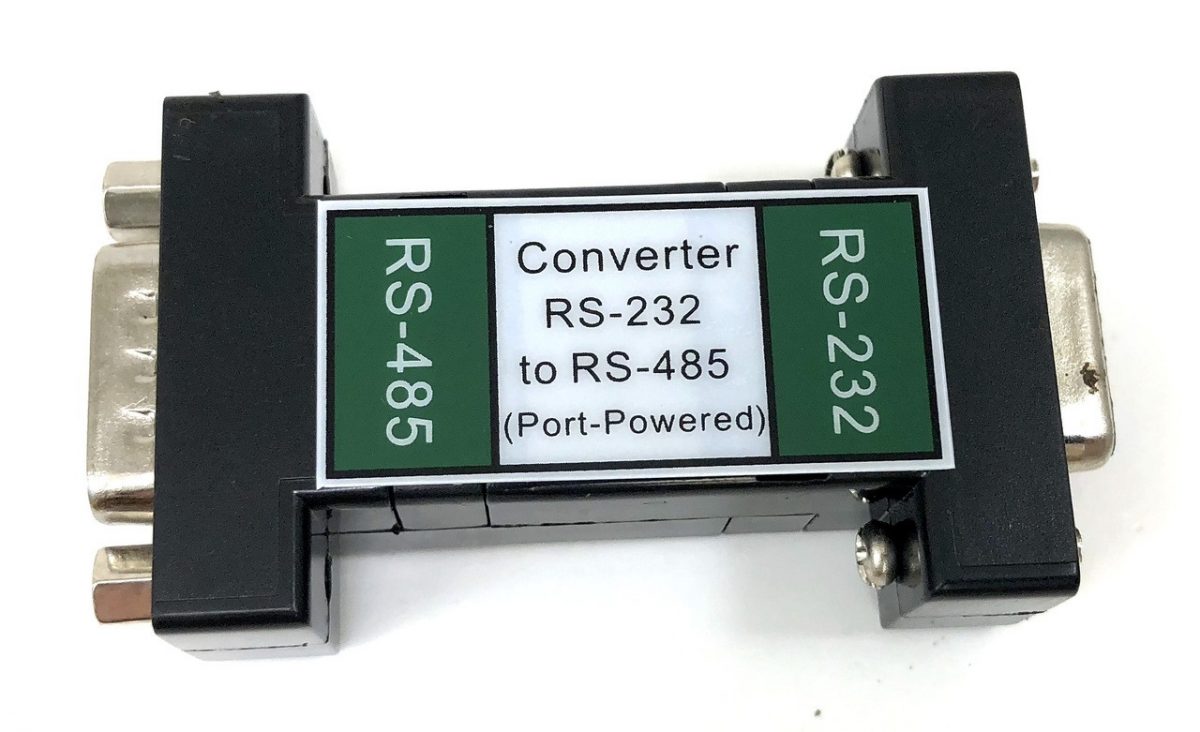How RS-485, CAN, and RS-232 behave in real battery systems — and practical guidance for designers and integrators
Lithium battery systems are not just stacks of cells; they are networks of cell monitors, module controllers, battery management systems (BMS), inverters, chargers, and energy management controllers. Reliable communication between these elements is as critical as electrical balance and thermal control. This article explains how RS-485, CAN, and RS-232 are used in lithium battery applications, compares their strengths and weaknesses in that context, and gives hands-on advice you can apply during design, installation, and commissioning.
Why the communications layer matters in battery systems
Battery systems exchange a steady stream of telemetry: cell voltages, temperatures, current, state of charge (SoC), state of health (SoH), fault flags, and control commands (balance on/off, charge limits, precharge, etc.). Mistimed or corrupted messages can cause poor balancing, false alarms, or even unsafe behavior. Choosing the right physical and logical interface affects reliability, safety, maintainability, and diagnostics — all priorities for commercial and grid-scale battery installations.
RS-485: the field backbone for long runs and energy equipment
RS-485 is a differential, two-wire physical layer commonly used with application protocols such as Modbus RTU. In battery systems it is popular for linking BMS controllers, inverters, and site controllers across plant-wide distances.
Strengths for battery systems
-
Long reach and good noise immunity. Differential signaling tolerates large common-mode voltages and EMI from power electronics and busbars.
-
Multidrop topology. Many modules or devices can share a single trunk, simplifying wiring for distributed cabinets.
-
Simplicity. Implementations with Modbus are widely supported by energy equipment vendors.
Limitations to watch
-
Protocol not defined. RS-485 is a physical layer; you must choose and implement a robust message protocol (addressing, checksums, retries).
-
Half-duplex constraints. Many RS-485 setups use a single pair for transmit and receive, requiring careful timing and driver control.
-
Careful wiring required. Termination, biasing and avoiding star topologies are essential to avoid reflections and false messages.
Use cases
-
Plant-level telemetry between BMS racks, site EMS, and SCADA.
-
Communication between remote battery cabinets and a central controller where distances or noisy environments are a concern.
CAN: deterministic control and rich diagnostics for module networks
Controller Area Network (CAN) and higher-level profiles like CANopen or SAE J1939 are common in module-level and EV battery architectures.
Strengths for battery systems
-
Built-in arbitration and priority. Critical messages (faults, shutdown commands) can preempt routine telemetry.
-
Deterministic timing. Predictable latency is valuable for cell balancing coordination and safety interlocks.
-
Robust diagnostics. Standardized error counters, CRCs and network management features help with fault finding.
Limitations to watch
-
Shorter practical range. While CAN is electrically robust, it is best for intra-rack or short inter-cabinet links. Repeaters or bridges are needed for long plant spans.
-
Protocol complexity. Using CAN effectively often requires adopting a standard profile (CANopen, J1939) and ensuring compatible node behavior.
Use cases
-
Communication between cell monitors, module controllers, and the main BMS inside a cabinet.
-
EV and mobile energy applications where timing and fault priorities are critical.
RS-232: straightforward but limited — good for commissioning
RS-232 remains useful as a local, point-to-point option for configuration, diagnostics, or legacy device connectivity.
Strengths
-
Simple and ubiquitous. Useful for local maintenance consoles, firmware flashing, or engineering access panels.
-
Low implementation overhead.
Limitations
-
Short range and single point-to-point only. Not suitable for distributed systems or noisy environments.
-
Single-ended signaling. More susceptible to ground differentials and interference.
Use cases
-
Local device programming, commissioning, and service ports on inverters or BMSs.
Practical selection guidance for battery projects
-
For module-to-module and inside-cabinet control, choose CAN. Its arbitration and timing make it ideal for internal BMS networks.
-
For rack-to-rack or plant-level telemetry, consider RS-485 with Modbus RTU. It scales over distance and is widely supported by energy equipment.
-
Use RS-232 for local commissioning and service only. Avoid relying on it for operational links.
-
If you need the best of both worlds, use gateways. CAN-to-RS-485 or CAN-to-Ethernet gateways let you keep deterministic module networks while exposing aggregated telemetry to site controllers.
Wiring, safety, and reliability checklist (battery-specific)
-
Isolate where required. Use galvanic isolation between high-voltage battery packs and control circuits to prevent dangerous ground loops.
-
Proper cable selection. Use twisted pair, shielded cable for RS-485 and CAN when routed near power cables; maintain separation between high-current busbars and comm cables.
-
Terminate and bias correctly. Place termination resistors at both ends of the trunk and use fail-safe bias resistors to avoid floating bus states that can trigger false alarms.
-
Avoid star wiring. Run a single trunk with short stubs to nodes to prevent reflections; long stubs degrade signal integrity.
-
Protect against surges. Add transient suppression (e.g., TVS diodes) where external exposure or lightning risk exists.
-
Grounding and cable routing. Tie shields to a single ground point and route comm cables away from high-frequency switching sources like inverters and DC–DC converters.
-
Plan for diagnostics. Include bus monitoring points or use analyzers and keep service ports accessible for oscilloscope checks during commissioning.
Integration and commissioning tips
-
Match protocol details. Confirm baud rates, parity, byte order, scaling factors, and register maps between BMS, inverter, and EMS before wiring. Misaligned data formats are the most common integration problem.
-
Validate with tools. Use an oscilloscope or bus analyzer to inspect signal shape and termination; watch for noise or reflections.
-
Set conservative timeouts. In battery control, briefly losing messages shouldn’t lead to unsafe behavior; timeouts should be conservative and combined with watchdog logic.
-
Document node addresses and wire colors. Clear labeling speeds troubleshooting and reduces human error during maintenance.
Final recommendations
Select the interface that aligns with the physical layout, safety requirements, and real-time needs of the battery system: use CAN for fast, deterministic module networks; use RS-485 for longer runs and plant telemetry; use RS-232 only for local access. Pay attention to wiring best practices — termination, biasing, isolation, and routing — and validate the implementation with proper tools and conservative timeouts. When in doubt, prototype a small segment of the network first and exercise both normal telemetry and fault scenarios to ensure the communication architecture supports safe and predictable battery operation.




